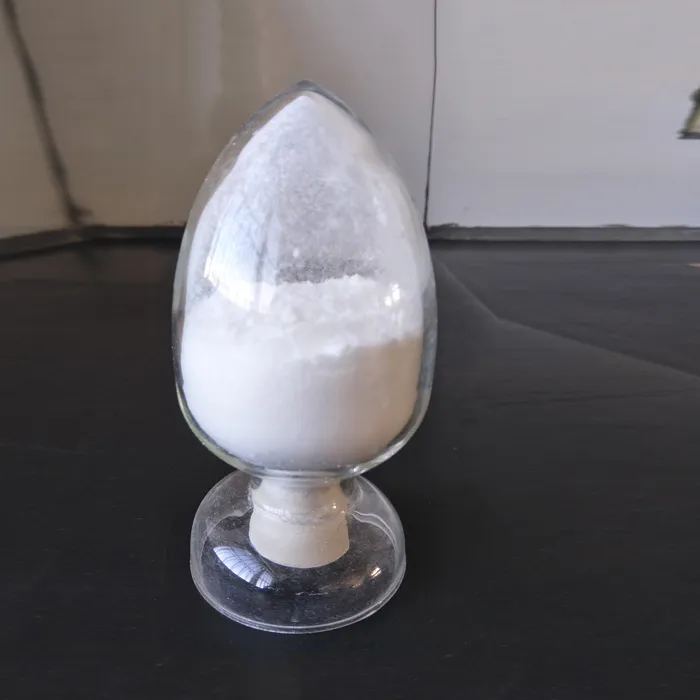Inhibited Sulfamic Acid Applications and Benefits
Sulfamic acid, also known as amidosulfonic acid, is a versatile and multifaceted compound that has drawn attention in various industrial applications, particularly due to its unique properties and beneficial qualities. Traditionally used as a cleaning agent, descaling agent, and even in pharmaceuticals, inhibited sulfamic acid incorporates additives that enhance its performance, stability, and safety. This article explores the features, applications, and advantages of inhibited sulfamic acid in various sectors.
Properties of Inhibited Sulfamic Acid
Inhibited sulfamic acid is characterized by its high degree of solubility in water, making it an efficient agent for cleaning and descaling. The presence of inhibitors—substances that slow down or prevent certain chemical reactions—serves to enhance the functionality of sulfamic acid, allowing it to be more effective while reducing its corrosiveness to certain metals and substrates. This is particularly important in industrial settings, where the preservation of equipment is often as crucial as the efficacy of the cleaning operations.
Industrial Applications
1. Metal Cleaning and Descaling Inhibited sulfamic acid is prominently used in the metalworking industry as a cleaner and descaler. Its ability to dissolve rust, scale, and other deposits makes it ideal for preparing metal surfaces for further processing, such as painting or welding. The inhibitors included in the formulation help safeguard the metal from damage during the acids’ application.
2. Textile Industry In the textile industry, sulfamic acid is used for dyeing and finishing processes. Inhibited sulfamic acid helps in controlling pH levels, promoting better dye uptake and color consistency. The addition of inhibitors ensures that the machinery and equipment used do not suffer from the harsh effects of standard acidic agents.
inhibited sulfamic acid

3. Household Cleaning Products The use of inhibited sulfamic acid in household cleaning products, such as toilet bowl cleaners and general-purpose descalers, has gained popularity. The formulation minimizes the risk of corrosion on plumbing fixtures and tiles, making it a safer choice for consumers compared to stronger acids.
4. Food Industry Inhibited sulfamic acid is also used in food processing and sanitation. Its cleaning properties are harnessed to ensure that equipment is free from mineral deposits and contaminants, thereby aiding in the upkeep of hygiene standards in food production facilities.
Advantages of Using Inhibited Sulfamic Acid
The incorporation of inhibitors into sulfamic acid formulations provides several advantages. Firstly, it significantly reduces the corrosive effects on metals, prolonging the lifespan of equipment. This characteristic is essential in minimizing downtime for maintenance and replacement, ultimately leading to cost savings for industrial operators.
Secondly, its effectiveness at lower concentrations means that less of the chemical is needed to achieve the desired results. This not only reduces material costs but also lowers environmental impact. Enhanced safety is another crucial benefit; inhibited sulfamic acid is safer to handle compared to many other cleaning agents, as the risks associated with spills and splashes are reduced.
Conclusion
Inhibited sulfamic acid is a valuable substance with diverse applications across multiple industries. Its ability to clean and descale while minimizing corrosiveness positions it as an essential agent in the metalworking, textile, household cleaning, and food industries. As industries continue to seek safer and more efficient solutions, the use of inhibited sulfamic acid is likely to grow, reflecting the ongoing demand for effective yet environmentally friendly chemical agents. With its myriad of benefits, inhibited sulfamic acid stands out as a forward-thinking choice in industrial chemical applications.

